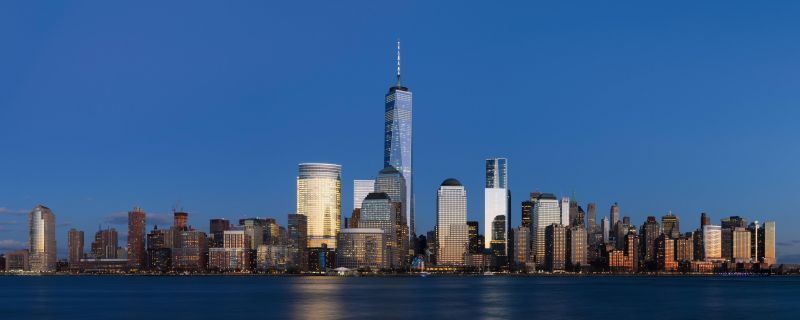City’s Infrastructure, Not Population, Plays Greater Role in Eco Impact
Published on by Water Network Research, Official research team of The Water Network in Academic
The ecological footprint of a city spreads far beyond its city limits.
A recently published study from a Northern Arizona University engineer takes a deep dive into just how that footprint can adversely affect area streams and the diversity of life within those waterways.

Source: Wikimedia Commons by King of Hearts
Ben Ruddell, an associate professor in the School of Informatics, Computing, and Cyber Systems, was an author on the study, “US cities can manage national hydrology and biodiversity using local infrastructure policy,” publishing this week in Proceedings of the National Academy of Sciences of the United States of America.
By linking cities’ hard infrastructure to their ecological impact on nearby rivers and watersheds, the authors found the 5 percent of the U.S. that is urban area influences more than 60 percent of the continent’s fish, mussel and crayfish species, contributing to extinctions in 260 species and impacting almost 1,000 indigenous species, 27 percent of which are in jeopardy from these activities.
The authors also found a city’s population isn’t the greatest contributor to its impact on stream health; rather, the city’s decisions on building and placing infrastructure plays a greater role.
The study included a detailed mapping of hard infrastructure like water and energy utilities, power lines and plants, water pipes, dams and canals and stormwater drainage systems, including southwestern cities. Although the conversation around the effect of development on surrounding land has been ongoing for a century, this is the first study of its kind to empirically measure the impact of each city’s hard infrastructure on the nation’s aquatic ecosystems, Ruddell said.
The authors hope to start a discussion about what local governments can do to safeguard the biodiversity in the surrounding watersheds.
“Hard infrastructure is under the direct control of local government and consumers in cities,” Ruddell said. “Now that we know how to link those infrastructure decisions to their ecosystem impacts, we can work with local governments to make the most helpful changes in infrastructure policy to restore and protect surrounding rivers, aquatic ecosystems and their species.”
Read full article: Northern Arizona University
Find study here: PNAS
Media
Taxonomy
- Urban Water
- Urban Resource Management
- Urban Water Supply
- Infrastructure
- Integrated Infrastructure
- Urban Water Infrastructure
- Impact
- green infrastructure